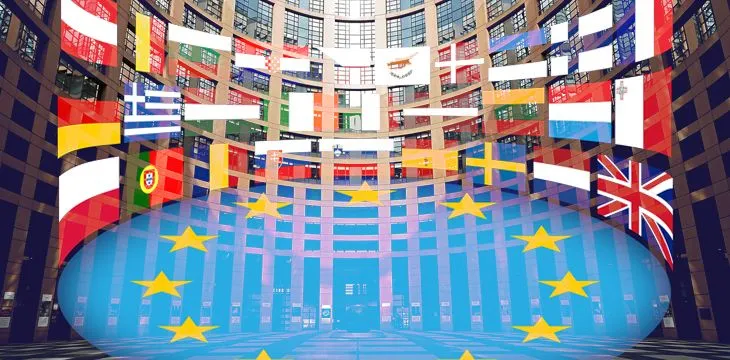|
Getting your Trinity Audio player ready...
|
The European Union is seeking approval for a €750 billion ($834.51 billion) stimulus package. This latest package comes roughly two months after the EU approved a €540 billion ($600.84 billion) stimulus package.
Two-phase plan
In the proposed package, the €750 billion would be split into two parts: €500 billion will be distributed as grants in proportions that are determined by how a member state was affected economically by the coronavirus pandemic. The other €250 billion will be distributed as loans that need to be repaid by their recipients sometime between 2028 and 2058.
Where is the money coming from?
The union plans to issue mutual EU debt to raise the €750 billion that they plan to distribute if the proposed stimulus package is approved. Although the package requires the EU to raise debt, European Commission President Ursula von der Leyen says the debt will benefit the EU’s next generation.
“We have to raise money now and invest it, but we will invest in the European priorities that are so important for you,” von der Leyen said.
“That is the European Green Deal and that is the digitisation that is of utmost importance for the young generation […]. If they have to pay back partly that money at least they should harvest and reap the benefits of these investments.”
The stimulus package would require €310 billion of the €500 billion in grant money to go towards green energy and digital transition projects. Von der Leyen believes that these industries are paving the way for the future and that giving money to these sorts of initiatives can create a better future for the next generation.
Is wave two coming?
The European Union, Japan, Canada, and the United States have all issued stimulus packages to combat the economic damage done by the black swan event that is COVID-19. However, many citizens worldwide are wondering if governments will issue a second wave of stimulus. Japan recently approved its second stimulus package, the package approves an additional budget of $296 billion to fight the economic impact coronavirus has had on the country. And by the looks of it, Europe is on track to issue its second stimulus package. It would not be surprising if other countries follow—many believe the United States will approve a second stimulus package sometime this summer.
Will stimulus packages accelerate the creation of central bank digital currencies?
Economic stimulus packages may accelerate the creation of central bank digital currencies (CBDCs). In many stimulus packages, a portion of the budget was allocated to citizens; the idea being that citizens would use their stimulus money in the economy and aid its recovery.
When the U.S. government was drafting its first stimulus package, one of the original bills proposed using a digital dollar for the portion of the money that was allocated to United States citizens. A digital dollar would improve the time it takes for a stimulus payment to reach its recipients and would allow it to happen at a lower cost. Unfortunately, the digital dollar proposal was not included in the stimulus package that was approved by the United States government. However, it does show that U.S. lawmakers have their eye on blockchain technology and are aware of its benefits.
To learn more about central bank digital currencies and some of the design decisions that need to be considered when creating and launching it, read nChain’s CBDC playbook.

 06-30-2025
06-30-2025 





